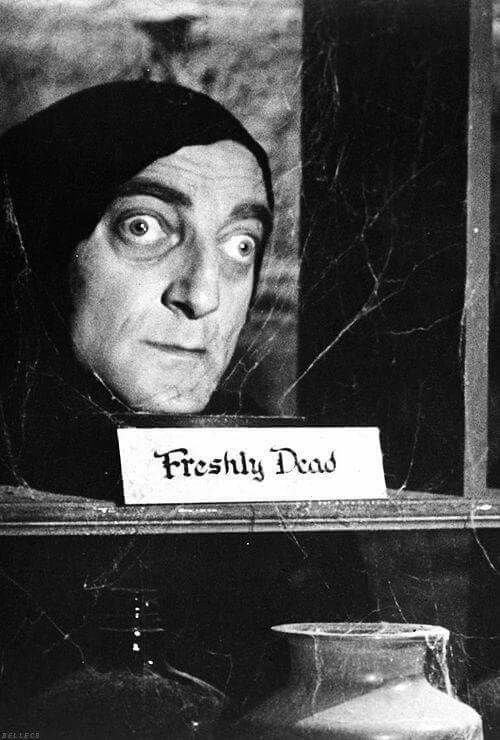It's fun to speculate and in a situation like this, anyone's guess is a good as the next.
The shape of the lock plates with the pointed tail is circa 1800, but it could have been made later.
There was a lot of experimentation in various percussion systems with the metal percussion cap probably being invented about 1815. Reverend Alexander Forsyth patented a percussion system in 1807 that used a powdered fulminate. Forsyth successfully defended his patent until it expired in 1821. It was after this date that the copper cap percussion gun became common. The percussion side of this gun probably dates to the 1820s as stated by Loyalist Dave.
The locks are marked "SHARPE/LONDON". If this is a British made gun, the name on the lock usually indicates the gun maker. If it is an American made gun, the name on the lock usually indicates the lock maker only.
The best known gunmaker by the name of Sharpe is John Sharpe of Birmingham. He advertised in business directories from 1811 to 1831. Even though he was Birmingham based, he apparently marked many of his guns with "LONDON" as many other Birmingham gunmakers did.
Blackmore lists a number of London based gunmakers and gun engravers with the name of Sharp or Sharpe from 1612 to the early 1850s. It's not known if any of these made the subject gun, but three could have, at least they fit the likely time frame.
Not shown in the pictures or mentioned in the descriptions are proof marks. They don't appear to be present on the upper surfaces of the barrel, but might be stamped on the bottom of the barrels. If they are, they could help date the gun. If there are no proof marks on the barrel, it would suggest the gun was made in America.
No one has mentioned the unusual butt stock on the gun. It has a very odd extension of the lower wrist into the bottom edge of the butt stock. It's sort of bulbous shaped. There is also an unusual shaped cheekpiece on the left side. A cheekpiece is not common on English guns. The right side of the butt stock has some odd looking lines. Hard to tell from the pictures what is going on here.
Then there is the checkering. Checkering was used on English guns in the 18th century on onward, but not common on American guns until second quarter of 18th century.
Lots of interesting aspects to this gun.









